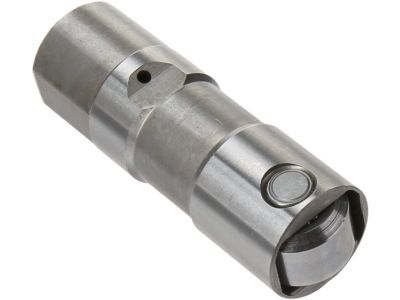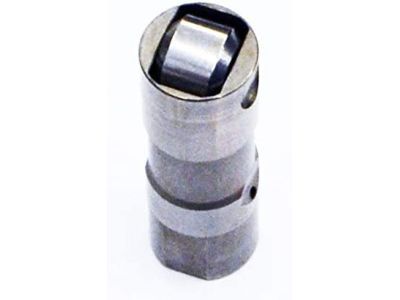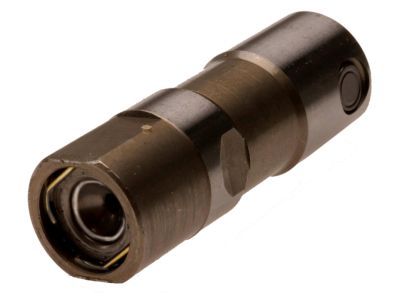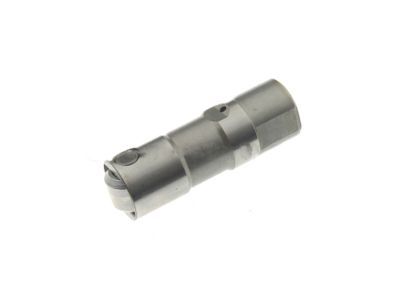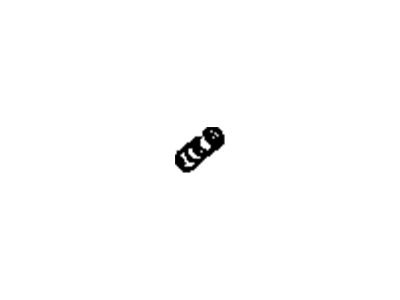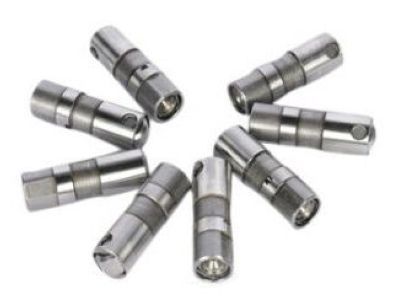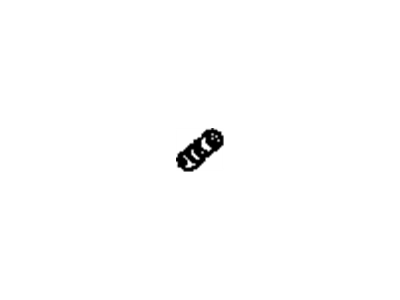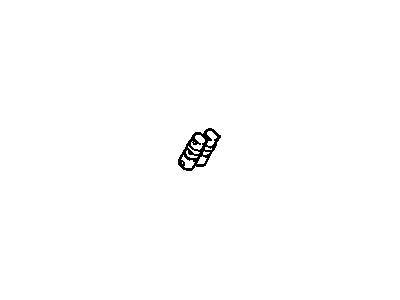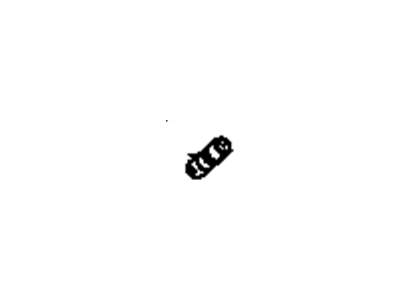
My Garage
My Account
Cart
Genuine 1999 Pontiac Grand Prix Lash Adjuster
Lash Adjuster Lifter- Select Vehicle by Model
- Select Vehicle by VIN
Select Vehicle by Model
orMake
Model
Year
Select Vehicle by VIN
For the most accurate results, select vehicle by your VIN (Vehicle Identification Number).
5 Lash Adjusters found
1999 Pontiac Grand Prix Lifter,Valve
Part Number: 17122490$33.58 MSRP: $55.58You Save: $22.00 (40%)Ships in 1-2 Business DaysProduct Specifications- Other Name: LIFTER, Engine Valve Lifter; Valve Lifter
- Replaces: 05234670, 5234670
- Item Weight: 2.30 Pounds
- Item Dimensions: 9.0 x 3.1 x 1.1 inches
- Condition: New
- Fitment Type: Direct Replacement
- SKU: 17122490
- Warranty: This genuine part is guaranteed by GM's factory warranty.
1999 Pontiac Grand Prix Lifter Assembly, Vlv (Non Afm)
Part Number: 12698945$29.17 MSRP: $48.28You Save: $19.11 (40%)Ships in 1-2 Business DaysProduct Specifications- Other Name: Valve Lifter
- Replaces: 12648846, 12576400
- Item Weight: 0.60 Pounds
- Item Dimensions: 4.2 x 2.2 x 2.1 inches
- Condition: New
- Fitment Type: Direct Replacement
- Require Quantity: 2
- SKU: 12698945
- Warranty: This genuine part is guaranteed by GM's factory warranty.
1999 Pontiac Grand Prix Lifter,Valve
Part Number: 17120070$21.57 MSRP: $34.39You Save: $12.82 (38%)Ships in 1-2 Business DaysProduct Specifications- Other Name: LIFTER, Engine Valve Lifter; Valve Lifter
- Replaces: 17102014
- Item Weight: 2.10 Pounds
- Item Dimensions: 8.7 x 3.0 x 1.1 inches
- Condition: New
- Fitment Type: Direct Replacement
- SKU: 17120070
- Warranty: This genuine part is guaranteed by GM's factory warranty.
1999 Pontiac Grand Prix LIFTER ASM-VLV
Part Number: 12721203$125.16 MSRP: $199.61You Save: $74.45 (38%)Product Specifications- Condition: New
- Fitment Type: Direct Replacement
- SKU: 12721203
- Warranty: This genuine part is guaranteed by GM's factory warranty.
1999 Pontiac Grand Prix LIFTER ASM-VLV
Part Number: 12721201$64.69 MSRP: $103.19You Save: $38.50 (38%)Ships in 1-3 Business DaysProduct Specifications- Condition: New
- Fitment Type: Direct Replacement
- SKU: 12721201
- Warranty: This genuine part is guaranteed by GM's factory warranty.
1999 Pontiac Grand Prix Lash Adjuster
We are your prime source for competitively priced and high-quality OEM 1999 Pontiac Grand Prix Lash Adjuster. We provide you with parts that will allow you to save a lot of money without sacrificing quality. All our OEM parts are backed by the manufacturer's warranty and shipped out at a swift rate.
1999 Pontiac Grand Prix Lash Adjuster Parts Questions & Experts Answers
- Q: How can a noisy lash adjuster be isolated and what are the common causes and procedures for addressing it in 3.8L V6 engine on 1999 Pontiac Grand Prix?A: A noisy lash adjuster can be isolated when the engine is idling by using a mechanic's stethoscope or a length of hose near each valve while listening at the other end. Common causes of noisy lash adjusters include dirt trapped between the plunger and the adjuster body or insufficient oil flow, viscosity, or pressure; it is advisable to check the oil for fuel contamination, proper level, cleanliness, and correct viscosity before condemning the adjusters. To remove the rocker arm cover(s), rocker arms, and pushrods, follow the appropriate procedures. Earlier models have conventional adjusters, while later engines feature roller adjusters, which are secured by a guide plate and adjuster guides that must be removed to access the adjusters. Extraction methods vary, with special tools available but often unnecessary; adjusters can sometimes be removed by hand or with a small magnet. Caution is advised against using pliers unless the adjusters are to be replaced, as this can damage them. Before removal, store the adjusters in a clearly labeled box to ensure they are reinstalled in their original locations, and keep them clean. Parts for lash adjusters are not sold separately, and the effort to remove them again if repairs fail outweighs potential savings. Clean the adjusters with solvent and dry them thoroughly without mixing them up. For conventional adjusters, check for scuffing, score marks, and uneven wear, ensuring the adjuster foot is slightly convex; if the base is concave, both the adjusters and camshaft must be replaced. For roller adjusters, inspect for wear and ensure they turn freely without excessive play. Used roller adjusters can be reinstalled with a new camshaft, but worn conventional adjusters must be replaced along with the camshaft. When reinstalling used adjusters, ensure they are placed back in their original bores, soak new adjusters in oil to remove trapped air, and coat all adjusters with moly-base grease or engine assembly lube before installation. The remaining steps for installation are the reverse of removal, and after installation, run the engine to check for oil leaks.
